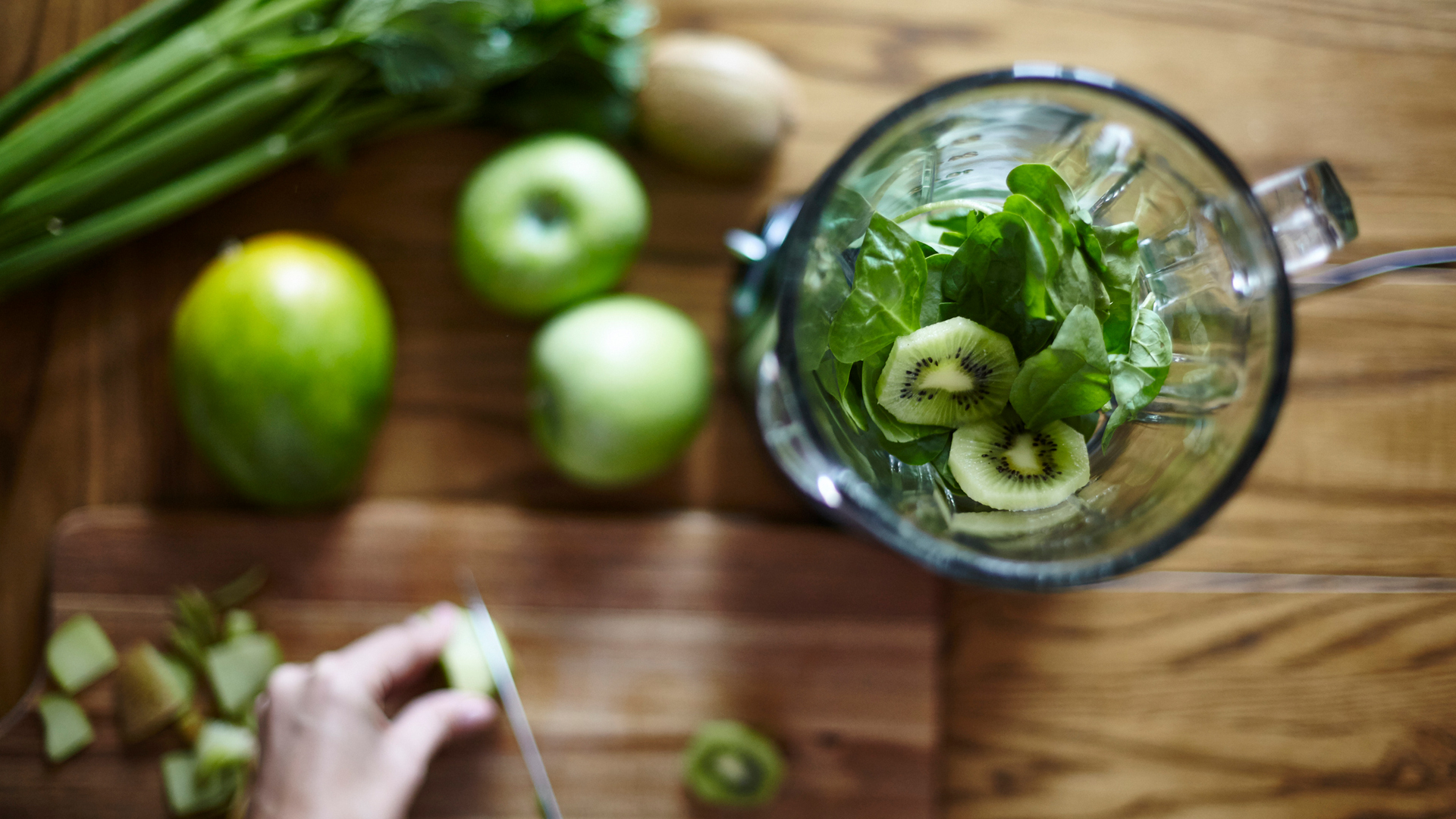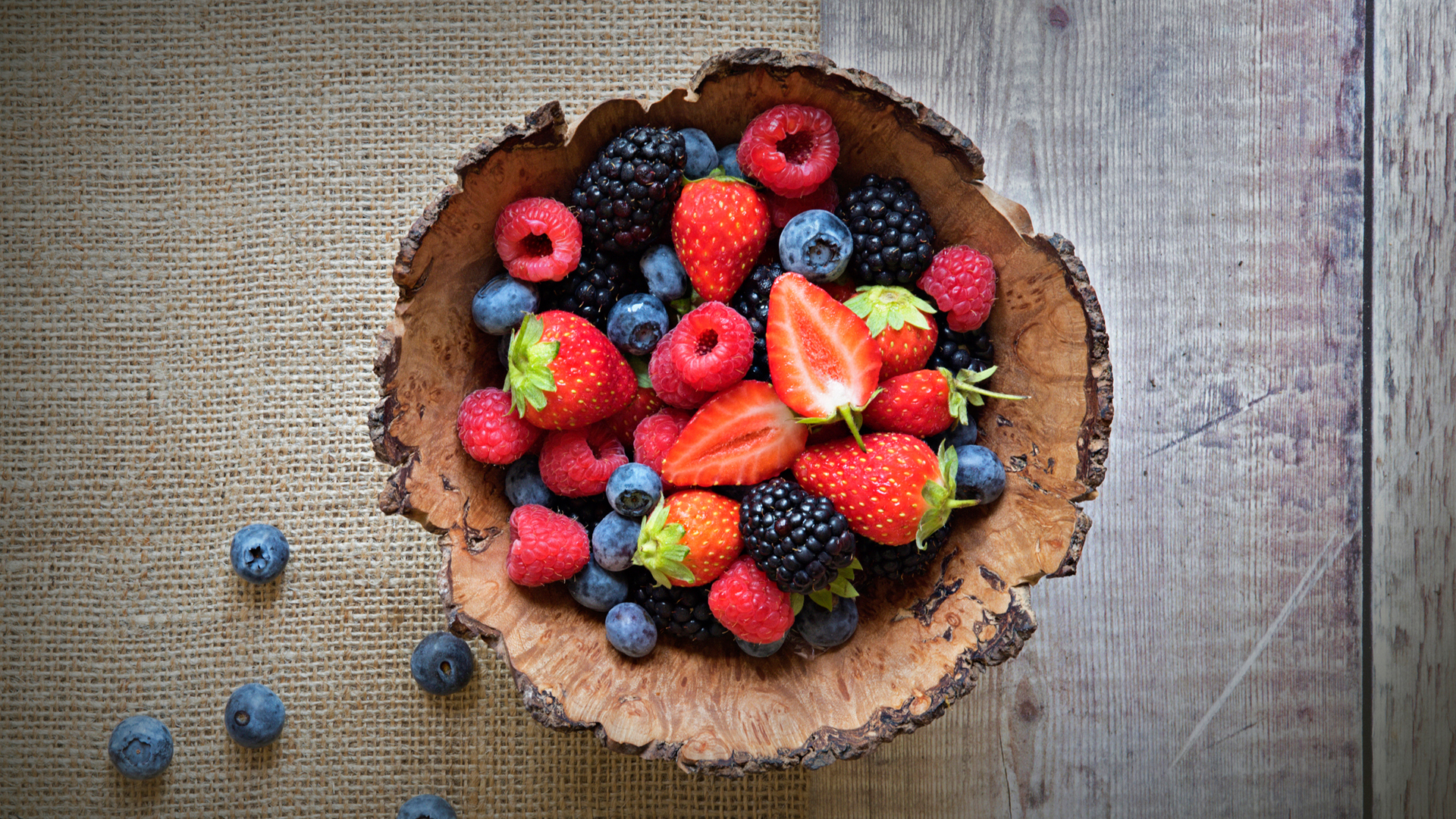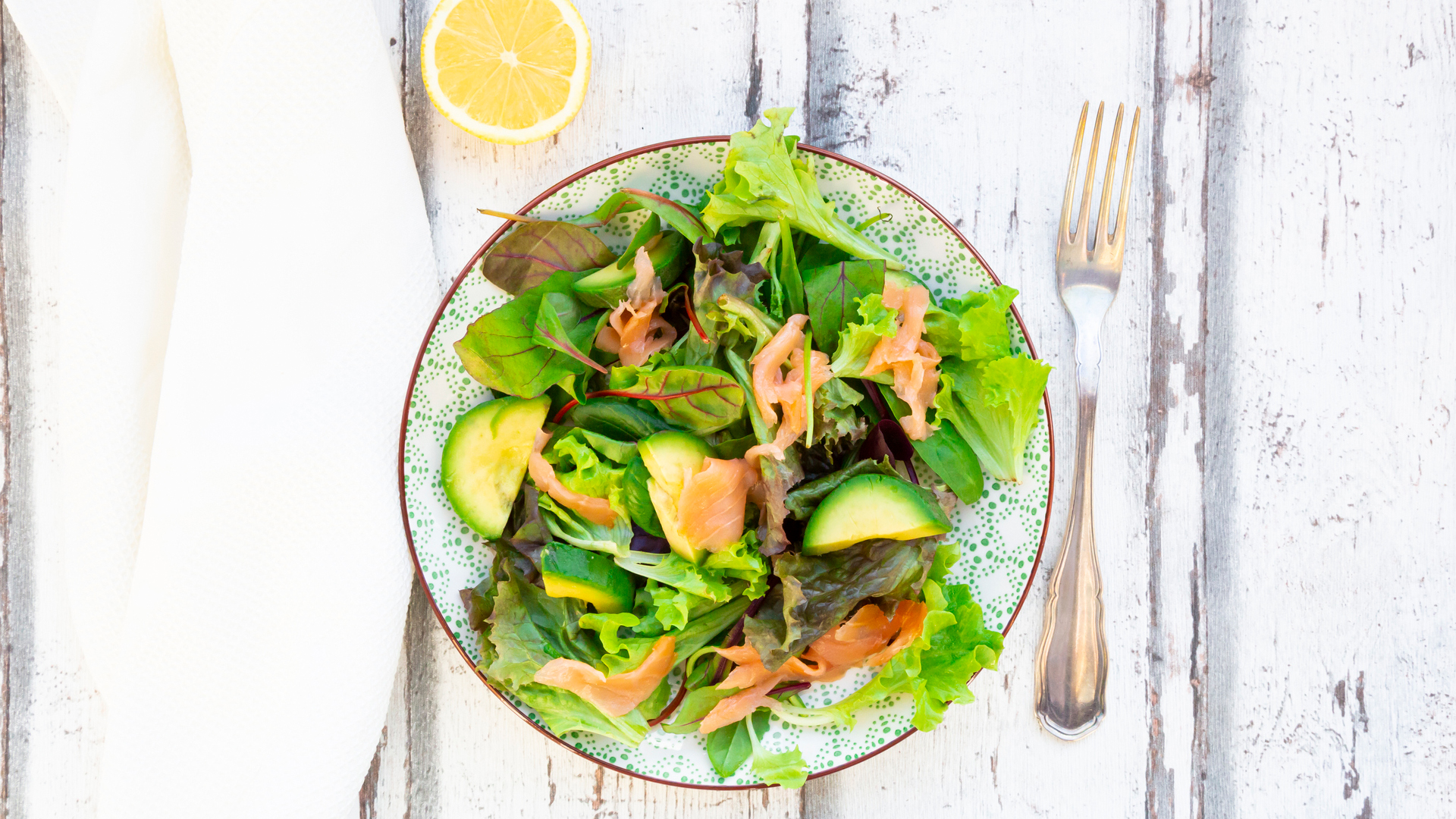The Sirtfood Diet: What is it and is it safe?
We’ve investigated the science behind the Sirtfood Diet to see if it holds any value for health and weight loss

The Sirtfood Diet has been at the center of a cyclone of controversy since it was first put forward in 2016. It has all the hallmarks of a fad diet: extreme calorie restriction, magical ‘superfoods’ and a reliance on liquified foods for weight loss outcomes. While none of these things are inherently bad, when combined and presented as a ‘miracle weight loss solution’ it can cause unhealthy eating habits.
The diet is focused on increasing your intake of sirtuins, a type of protein that functions as an epigenetic regulator, which have been put forward as possessing anti-aging and anti-disease properties, as well as possibly extending human lifespan. While this all sounds fantastic, does the three-week diet actually have any impact on your health?
We spoke to some nutrition experts to get their view on the Sirtfood Diet, and broke down the diet into its bare essentials to see if it actually works.
What is the Sirtfood Diet?
According to Rob Hobson, registered sports nutritionist and head of nutrition at Healthspan, the Sirtfood Diet is based on research around sirtuins (SIRTs), a group of seven proteins found in the body that have been shown to regulate functions such as metabolism and inflammation.
“Certain plant compounds may help to increase the level of these proteins in the body and as such foods containing them have been dubbed ‘sirtfoods’,” he says.

Rob Hobson is a registered nutritionist and sports nutritionist. He holds a BSc in Nutrition, a PGDip in Applied Sports Nutrition) and a MSc in Public Health Nutrition. Hobson won Nutrition Consultant of The Year 2022 at the GHP Private Healthcare Awards in the United Kingdom.
The Sirtfood Diet is based on the idea that sirtuins or SIRTs can help with rapid weight loss, age-related disease resistance and successful aging. An article in Biogerontology indicates that a diet that is generally healthy and balanced will already include a lot of sirtuins. The article also outlines particular interest in curcumin (the pigment that makes turmeric yellow) for its high-sirtuin content.
“The creators of the diet claim that sirtuins are a group of proteins found in the body that can regulate several functions including metabolism,” adds Kristen Smith, MS, RDN, LD, and spokesperson for the Academy of Nutrition and Dietetics. “The Sirtfood Diet includes two phases to complete a three week dietary plan. The first phase is approximately seven days long and focuses on a reduced calorie diet, mostly consisting of green juices. The second phase of the diet is more liberal, eliminating the calorie restriction and requiring the dieter to aim for sirtfood focused meals.”

Kristen Smith is the bariatric surgery coordinator for Piedmont Healthcare and author of a blog that promotes healthful eating for the entire family. She is a fundraising co-chair for the Georgia Academy of Nutrition and Dietetics; a member of the Academy's Weight Management dietetic practice group; the American Society of Metabolic and Bariatric Society and the Obesity Action Coalition. She is a graduate of Oklahoma State University and earned a master's degree from New York University.

What can you eat on the Sirtfood Diet?
According to Smith, the initial phase of the sirtfood diet primarily consists of drinking green juices throughout the day. “However as the diet progresses, dieters are encouraged to eat foods high in sirtuins,” she says. According to the authors of the diet, foods such as arugula, buckwheat, celery, kale, dates, strawberries and walnuts are sirtuin-activating foods.”
Foods that are naturally high in sirtuins include:
- Green leafy vegetables (spinach, argula, kale, parsley and lovage)
- Buckwheat
- Turmeric
- Green tea
- Strawberries and blueberries
- Coffee
- Red wine
- Extra virgin olive oil
- Dark chocolate
- Onions
- Soy

According to Hobson, sirtfood juices will include kale, celery, rocket, parsley, green tea and lemon. “Meals may include something like chicken green veg curry or prawn stir-fry with soba (buckwheat) noodles,” he says. “From days four to seven, energy intakes are increased to 1500kcal comprising of two sirtfood green juices and two sirtfood-rich meals a day.”
How does the Sirtfood Diet work?
The Sirtfood Diet encourages participants to cut down their calorie intake to 1000kcals for the first three days of ‘phase one’ — a week-long period where you drink lots of green juice and exercise daily. Your calorie intake is then increased to 1500kcals for the remainder of phase one. This is still a significant calorie deficit for most people.
The second phase takes place over two weeks, where dieters are encouraged to eat a sirtfood-rich diet, with no calorie restriction.
The initial phase of calorie restriction is supposed to force the body to produce more sirtuins and the sirtuin-rich green juices are supposed to increase sirtuin intake.
Is the Sirtfood Diet actually good for you?
A review in Trends in Endocrinology and Metabolism found that sirtuins are important for protecting our cells from metabolic stress and reversing the biochemical impact of acetylation on proteins in a variety of tissues, including the liver, heart, muscles and adipose tissues (fat stores).
But Smith tells us that research involving human subjects is limited. “Unfortunately the studies conducted with humans to validate the sirtfood diet are limited, making it difficult to recommend the diet to anyone,” she says. “I typically don't recommend dietary interventions with short durations that remove entire food groups. Dietary interventions short in length and void of certain food groups don't teach individuals how to eat for the long haul. When implementing any type of dietary intervention, it's important to choose something that is maintainable and you can stick with for the long-haul.”
While incorporating the above listed sirtfoods into your diet won’t harm you (in fact, some, like dark chocolate or kale, are also rich in antioxidants, vitamins and minerals), the calorie restrictive nature of the diet can have negative effects on physical and mental health.

A study review in the Annual Review of Physiology indicates that calorie restriction can be an effective way to improve health outcomes in laboratory animals, with the caveat that conditions during research are controlled. The lack of a controlled and monitored environment outside a lab means we can’t be sure how calorie restriction actually impacts sirtuin production in mammalian bodies (which includes humans.) Lab animals with calorie restricted diets still receive a full nutritional profile, and there is no guarantee that a person following a sirtfood diet will not develop a nutritional deficiency without supervision.
Hobson adds that the science behind sirtfoods is still new and that the reason people lose weight is the extreme calorie restriction. “The idea of switching on your ‘skinny gene’ which is how this diet is often represented in the media is not really backed up by very strong research and the diet overall is pretty restrictive in terms of both foods and calories which may make it difficult to stick to,” he says.
“While the foods in the plan may be healthy, there have not been any long-term human studies to determine whether eating a diet rich in sirtfoods has any real health benefits regarding weight loss. There is no evidence to suggest this is a more effective way to lose weight than any other calorie-controlled diet.”
Are there any risks on the Sirtfood Diet?
Smith critiques the sirtfood diet for its extreme nature. “The sirtfood diet lacks structure and guidance on how to maintain healthy eating habits for the long-haul,” she says. “Repeated exposure to restrictive diets such as the sirtfood come with a risk of adopting long-term disordered eating habits. When a diet restricts any food group, there is always a risk of experiencing nutritional deficiencies.”

A review in the journal Antioxidant and Redox Signaling indicates that a complete understanding of the role of sirtuins on the stress response and resilience of cells is needed to understand how they function. With this in mind, an extreme diet based on complicated metabolic principles might not be the best way to lose weight. By all means, increase your intake of sirtuin-rich foods, as the science indicates that they can positively reduce oxidative stress and even inflammation according to a Frontiers in Endocrinology article, but perhaps take a pause before reducing your caloric intake to 1000kcal a day.
Hobson adds that hunger may be an issue in the first stage of the diet. “Given the short time period the diet entails, I see no real health risk in a healthy person other than hunger and food boredom,” he says. “I wouldn’t advise this for anyone with diabetes and it may be hard going if you’re really active. I would expect side effects like headaches or light-headedness in the first stage of this plan.”
This article is for informational purposes only and is not meant to offer medical advice.
Sign up for the Live Science daily newsletter now
Get the world’s most fascinating discoveries delivered straight to your inbox.

Lou Mudge is a health writer based in Bath, United Kingdom for Future PLC. She holds an undergraduate degree in creative writing from Bath Spa University, and her work has appeared in Live Science, Tom's Guide, Fit & Well, Coach, T3, and Tech Radar, among others. She regularly writes about health and fitness-related topics such as air quality, gut health, diet and nutrition and the impacts these things have on our lives.
She has worked for the University of Bath on a chemistry research project and produced a short book in collaboration with the department of education at Bath Spa University.










